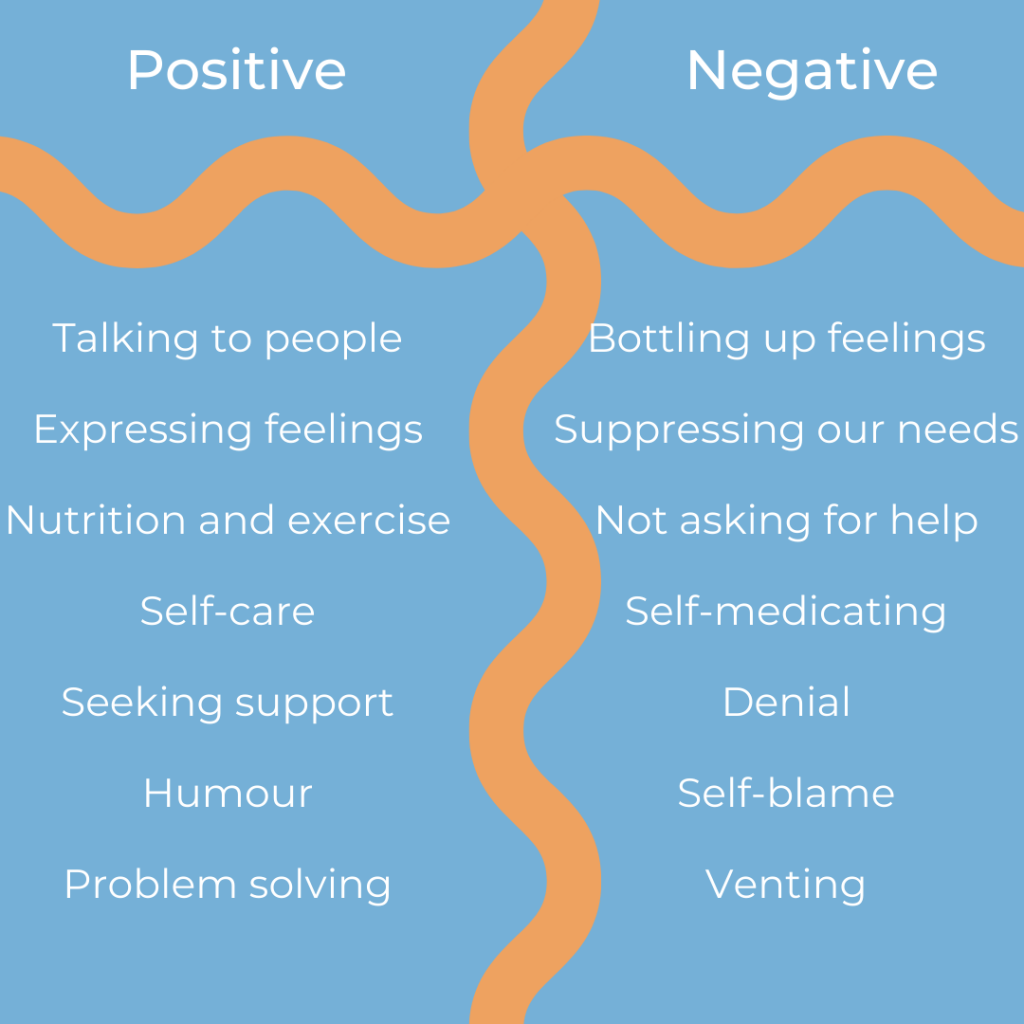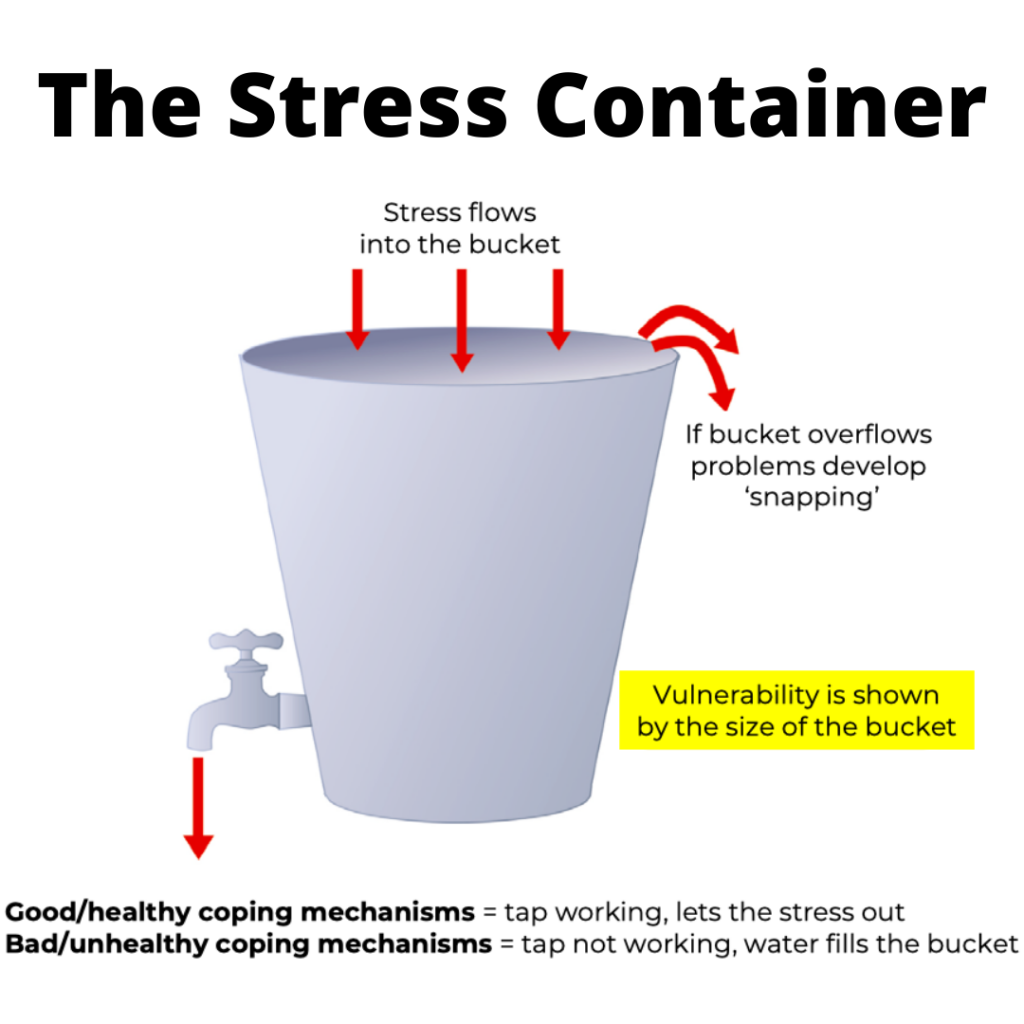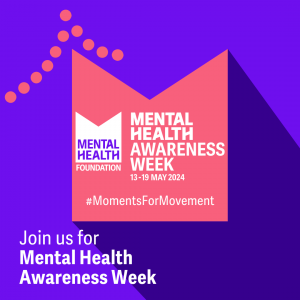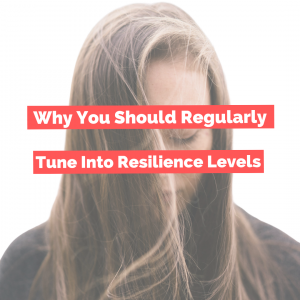We all have a collection of coping mechanisms - both positive and negative - that help us through stressful times. When was the last time you took stock of yours?
I recently wrote about the benefits of spotting the signs of overwhelm, which links strongly to the coping mechanisms that we then decide to lean on.
Before we get deep into coping mechanisms, let’s first consider why we need them in the first place.
Essentially, coping mechanisms help us to deal with the huge range of incoming stressors that we all have trickling into our life, both at home and at work.
We’ve all heard of stress before – and it’s gotten the better of all of us at some point or another – but there is an important difference between ‘stress’ and ‘stressors’.
Stressors are those situations we experience as a perceived threat to our wellbeing, particularly if the challenge of overcoming it exceeds our available resources.
When we’re faced with stressors, our stress response is triggered, and a series of physiological changes happen…think fight, flight or freeze.
So, stressors are the cause of the stress that lead to our body’s stress response and the experience of stress.
Why is this important?
Well, because each of us have our unique perception of the world and a different amount of resources to cope with stress. This means that what might seem like a threat to me, may well be viewed as a totally achievable challenge by you.
Coping strategies are the techniques and strategies that we then use to deal with stress and manage challenging or difficult emotions.
Examples of positive and less positive (i.e. negative) coping mechanisms could be…

How can you take stock of your coping mechanisms?
There are many ways to begin evaluating your personal coping mechanisms, all requiring a level of self-reflection and honesty.
One of my favourite models to get started with is The Stress Container from Brabban and Turkington, because it helps us to identify and manage the things in our life – the stressors – that might be causing stress.
Here’s how it works…
Imagine that we all have a container that all of our stress goes into. The container fills up with all of the stressors in our life.
The types of stressors that could fill up our container might include:
- Work – pressure, deadlines, interpersonal relationships
- Life – financial, health, relationships, family
Download my ten point plan to build your resilience now
The size of container can vary from person to person and even within ourselves at different points in our lives. If you are feeling resilient, your container may have room for plenty of stress before you start to overflow, but if you are already feeling quite vulnerable, your stress container may be very small and fill up very quickly.
We all exhibit signs of stress in different ways. Not only does the size of our container vary, but our resilience thresholds will also be very different. Something that we personally might see as insignificant in terms of stress could be the ‘snapping’ or breaking point for someone else whose container is ready to overflow.



As we approach our personal snapping point where stress overflows from our container, this again may present very differently for each of us. Some may experience trouble sleeping or find it difficult to concentrate, whilst others may have feelings of overwhelm or anxiety.
We can add ‘taps’ to our container to help reduce levels of stress. These taps act like healthy or unhealthy coping mechanisms. Healthy coping mechanisms allow stress to flow freely from our container, whereas the unhealthy options – for example, caffeine, nicotine, alcohol, bottling things up – may release some stress, but have a damaging impact in the long-term…it’s as if they add limescale to the tap, leading to our container still spilling over eventually!
Download my free template to take stock of your incoming stressors and subsequent coping mechanisms…no email sign-up required!








